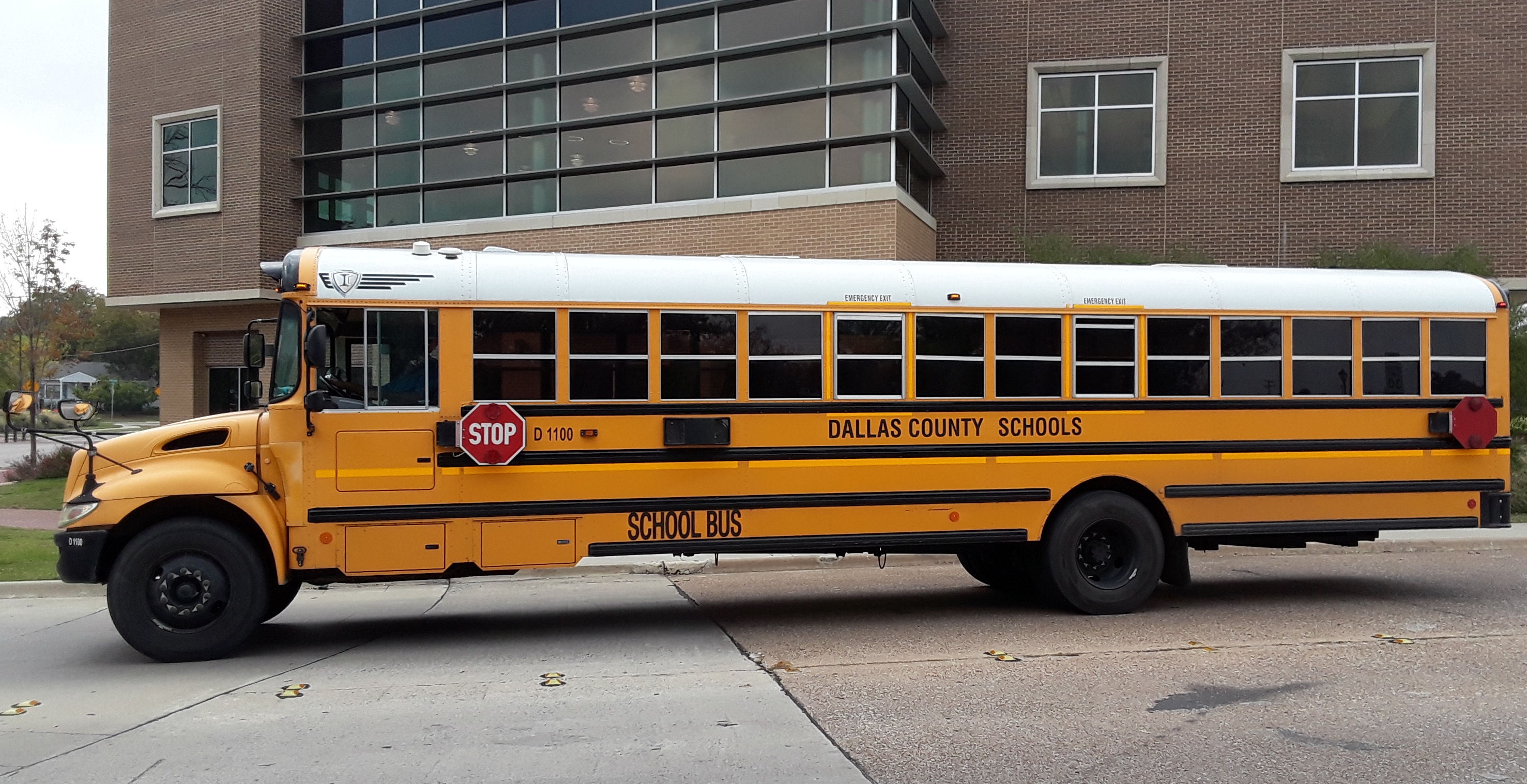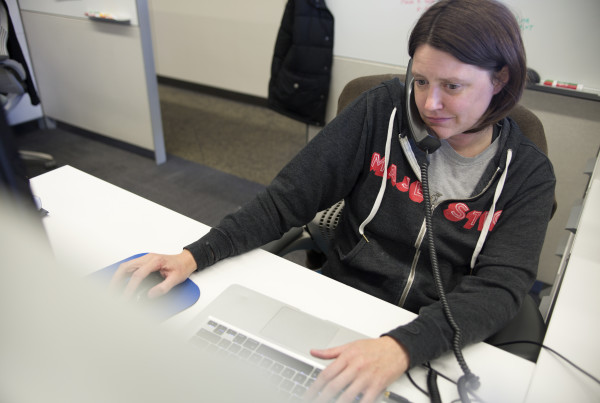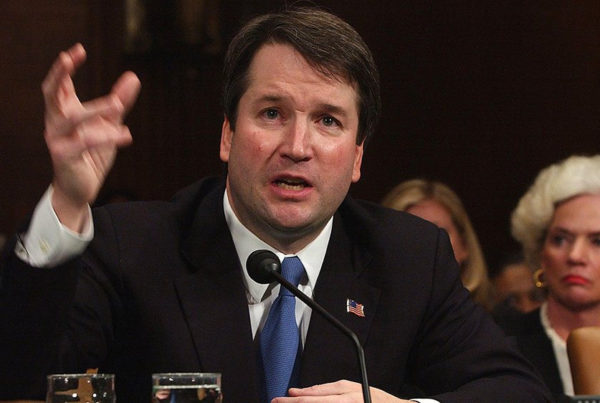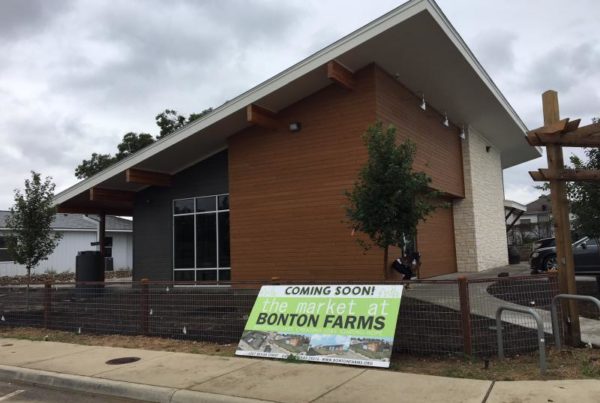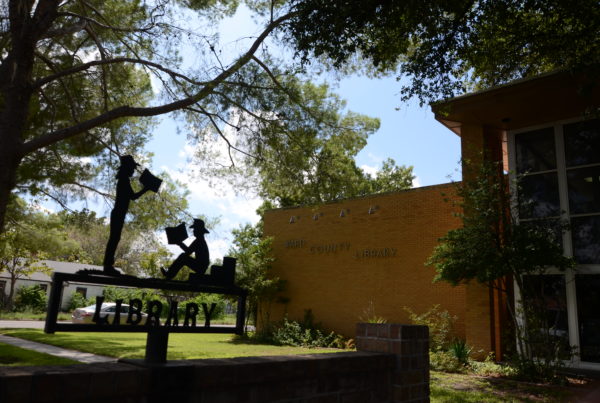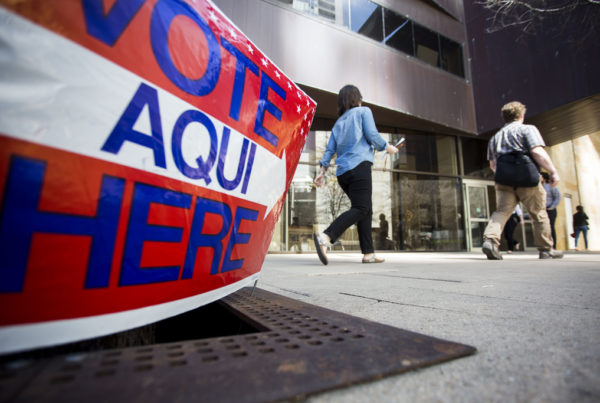As the population of Dallas continues to balloon, the opposite is happening in Dallas public schools. The number of kids enrolled is shrinking. Now the second largest school district in Texas is considering an option that the president of Dallas ISD describes “as close as you can get to thermonuclear war in the school business,” – mass school closures.
Eva-Marie Ayala, an education reporter for the Dallas Morning News, says Dallas ISD has a number of campuses that are not being utilized.
“Right now they’re looking at how to plan for the future, how they want to attract students back to the district and that includes building some new school programs,” Ayala says. “At the same time, they’re looking at how to balance enrollment issues that they have.”
A number of Dallas schools are struggling with low enrollment, with some campuses only reaching 50 percent of capacity.
“You have families that are moving to the suburbs,” Ayala says. “You have families who are making other choices. In Dallas, many families are choosing charter schools. You have about 34,000 kids that live in Dallas ISD boundaries, but are attending charter schools.”
The initial plan for the district is to close up to 22 schools, but the decision is not final. The Board of Trustees still has to look at the options and figure out the logistics, Ayala says.
“Already they’re saying some of this doesn’t make sense,” Ayala says. “You have kids that would be crossing very busy streets or even DART rail tracks. Those are options that they know off the bat that they don’t want to consider. Most trustees agree that there will be some tough talks ahead to figure out what exactly they do need to do.”
Dallas ISD is also looking to replace and upgrade some schools, Ayala says. The district is looking at pumping in $1 to 2 billion for new facility needs and opening schools.
“They’re hoping that in the long run they can save some money for operations cost by consolidating utilities, campus leadership and things of that nature,” Ayala says.
Written by Brooke Vincent.


